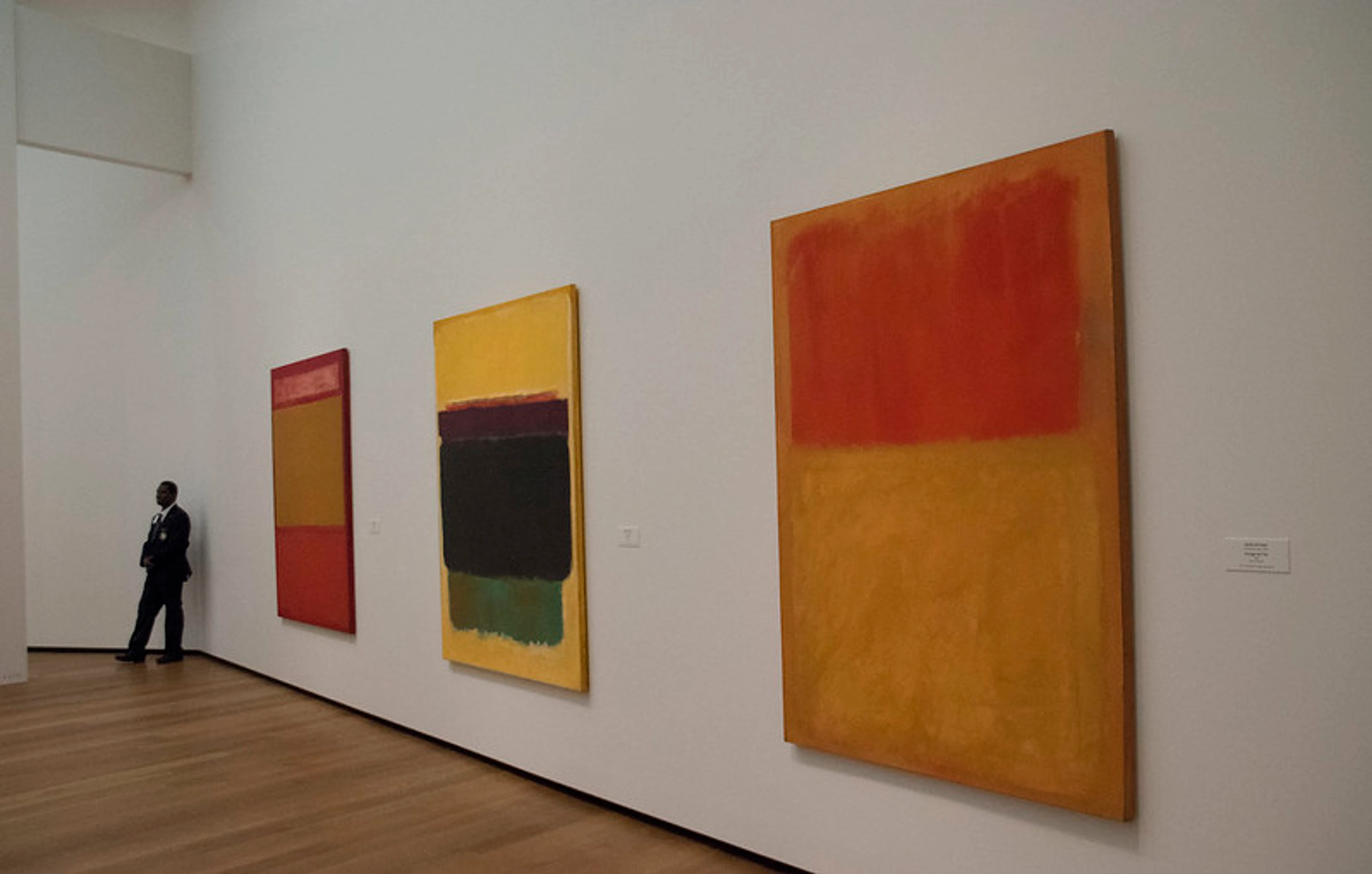
Minimalist Art Display: Create Calm, Highlight Your Collection
Transform your home into a calm sanctuary. Discover the minimalist approach to displaying art, focusing on intentionality, white space, rotation, and letting your favorite pieces truly shine. Includes practical steps, tips for various art forms, handling sentimental items, budget ideas, common mistakes, and personal insights from an artist.
The Minimalist Approach to Displaying Art: Finding Calm in the Visual Noise
Okay, let's talk about displaying art. For years, my approach was... well, let's just say 'maximalist.' Every wall was a potential canvas for a gallery wall, every surface a pedestal for a sculpture or object. My home started looking less like a curated space and more like a slightly chaotic, albeit colorful, storage unit for my visual obsessions. Maybe you can relate? That feeling of being surrounded by things you love, but somehow, it all feels a bit... much.
That's when I started exploring the minimalist approach to displaying art. And let me tell you, it wasn't about getting rid of everything (phew!). It was about being more intentional, more thoughtful, and ultimately, letting the art breathe. It's less about having more art and more about making the art you do have truly sing.
Why Go Minimalist with Your Art Display?
Why strip things back? Isn't art supposed to be abundant and joyful? Absolutely! But sometimes, abundance can become visual noise. Think about walking into a crowded room versus a quiet, spacious one. Which feels more calming? Which allows you to focus on the individual conversations or details?
That's what a minimalist display does for your art. It creates a sense of calm and allows each piece to have its moment. It's about giving your eyes (and your brain) room to rest and truly appreciate what's in front of them. Psychologically, reducing visual clutter has been shown to decrease stress and improve focus – imagine applying that principle to the very things meant to inspire and uplift you! It's also surprisingly effective at making a space feel larger and more serene. Plus, it forces you to really consider why you love a piece and where it will have the most impact. It's a practice in intentionality, which, let's be honest, most of us could use a little more of in our busy lives.
From my perspective as an artist, reducing the visual noise around me has been transformative for my creative process. When my studio or home is cluttered, my mind feels cluttered too. A minimalist display isn't just about aesthetics; it's about creating mental space. It allows me to focus more deeply on the art itself, whether it's a piece I'm creating or one I'm living with. It's like clearing the palate before a meal – everything tastes better when you can truly focus on the individual flavors.
This idea of 'less is more' isn't new, of course. Artists and designers have explored it for decades, from the clean lines of the Bauhaus movement to the impactful color fields of artists like Mark Rothko. Applying this philosophy to how we live with art today feels like a natural extension, bringing that same sense of focus and impact into our personal spaces.
The Core Principles: Less, Space, and Purpose
Minimalist art display isn't about empty walls; it's about strategic placement and thoughtful curation. It boils down to a few key ideas:
Less is More (But You Don't Need to Be a Monk)
This is the big one, and often the most intimidating. But 'less' doesn't mean 'none.' It means selecting your favorite pieces, the ones that truly resonate, and giving them pride of place. It might mean rotating your collection, so you appreciate pieces more when they are on display. I know, I know, putting art away feels wrong, like tucking away a part of your soul, but trust me, rediscovering a piece after a break can be magical. It's like seeing an old friend with fresh eyes. This is also a great strategy if you have a large collection but want to maintain a minimalist aesthetic – you can own a lot, but display less at any given time. For example, if you're like me and tend to collect small prints from every exhibition you visit, or accumulate sentimental souvenirs, rotating them allows each piece to be seen and appreciated without creating an overwhelming visual jumble.
When choosing your 'stars,' ask yourself: Which pieces genuinely make you pause and feel something? Which ones align with the current mood or function of the room? Which ones do you find yourself returning to again and again? It's less about perceived value or status and more about personal connection.
White Space is Your Friend
Think of the wall around your art as part of the display. White space (or negative space, whatever color your wall is!) gives the artwork room to breathe. It prevents visual clutter and helps the viewer focus on the piece itself. Cramming too many things together, even beautiful things, can dilute their individual impact. Give your art some elbow room! This is particularly important for pieces with intricate details or bold colors that need space to be fully appreciated. I remember the first time I intentionally left a large section of wall completely empty around a single painting – it felt almost scandalous at first! But the painting suddenly had so much more presence, so much more power. A good rule of thumb is to leave at least a few inches, or even a foot or more for larger pieces, between the edge of the art/frame and any other object, wall edge, or furniture. It's not about filling the space; it's about honoring the space.

Intentional Placement
Every piece should feel like it belongs exactly where it is. Consider the size of the artwork relative to the wall and the furniture. Think about the flow of the room and how your eyes move through the space. For example, placing a piece where your eye naturally lands upon entering a room can create an immediate focal point. A single, impactful piece can anchor a wall, while a small, cherished work might be perfect in a quiet corner where you can appreciate its details up close. It's about creating moments, not just filling space. Also, consider the architecture of your space – windows, doorways, or built-in shelves can all influence the best placement for a piece. Think about the purpose of the room – a calming, serene piece might be perfect for a bedroom, while something more dynamic could energize a living room. The scale of the art matters too; sometimes a single large piece makes a stronger minimalist statement than several smaller ones. Before you even pick up a hammer, try planning your layout using paper templates cut to the size of your art or even a digital room planner. Trust me, it saves a lot of unnecessary holes in the wall!
Other intentional placement ideas: above a fireplace mantel (ensuring heat/smoke won't damage it), in a reading nook to inspire quiet contemplation, or opposite a window to catch natural light (again, minding direct sun exposure). Each spot offers a different viewing experience.
Practical Steps to a Minimalist Display
Ready to transform your space? Let's walk through the steps, inspired by my own journey from maximalist chaos to curated calm. It's easier than you might think to get started!
- Declutter First: Before you even think about hanging, clear the space. Remove everything from the walls and surfaces you plan to use. This gives you a blank slate and helps you see the potential of the room itself. It's like cleaning your palette before starting a new painting – essential! This is where the real test of willpower begins, especially if you're attached to every piece. I once spent an entire afternoon just staring at a pile of 'maybe later' art, convinced I needed all of it out right now. Spoiler alert: I didn't.
- Choose Your Stars: Go through your collection and select the pieces you want to display right now. Be ruthless, but also kind to yourself. You don't have to decide forever. Pick the pieces that speak to you most strongly in this moment. Maybe it's a piece that matches the room's mood, or one that simply makes you happy every time you see it. For me, choosing which of my own art for sale pieces to display at home is always the hardest part! If you have sentimental pieces that don't fit the current aesthetic, consider giving them a dedicated spot in a less public area, or perhaps storing them carefully and rotating them into display later. A beautiful storage box can be a minimalist display in itself!
- Framing Matters: Simple, clean frames often work best in a minimalist setting. They protect the art and give it a finished look without distracting from the work itself. Think thin profiles, neutral colors (black, white, natural wood), and maybe a crisp mat. The frame should complement, not compete with, the artwork. This applies whether you're framing an original painting, a limited edition print, or a photograph. Consider materials like sleek metal or even clear acrylic box frames for a truly modern, unobtrusive look. If you're unsure about framing, I wrote a whole guide on The Ultimate Guide to Framing Your Artwork that might help.
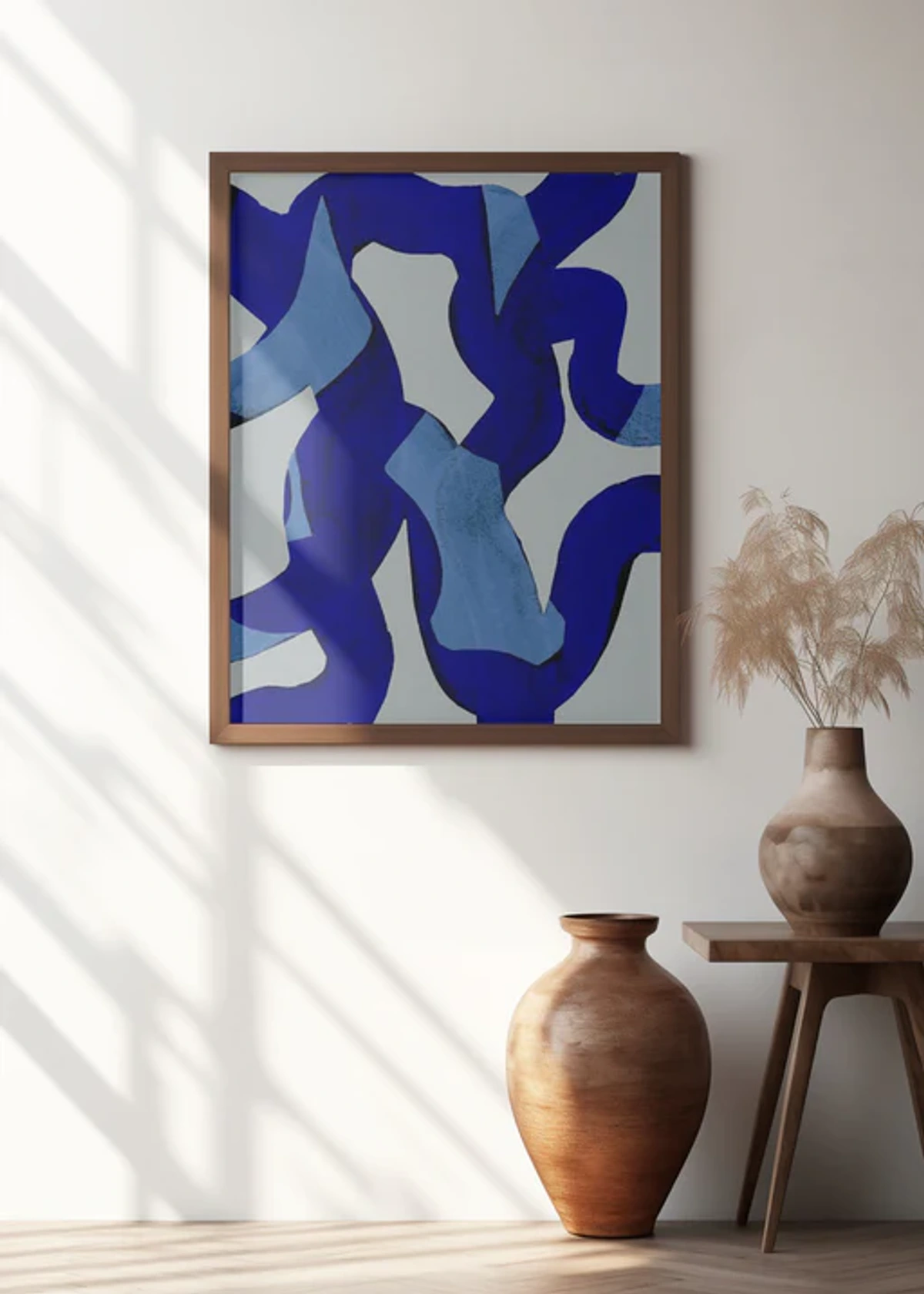
- Hanging Techniques: Measure twice, hang once! This is where intentional placement comes in. Consider hanging art at eye level (for an average height person standing) in living areas. In dining areas, you might hang it slightly lower to be appreciated while seated. For a truly minimalist look, simple picture hooks or nails are often sufficient, but if you're renting or nervous about holes, check out my guide on How to Hang Art Without Nails. Ensure pieces are hung straight and securely.
- Lighting: Good lighting can make a huge difference. Natural light is always best, but avoid direct sunlight that can damage artwork. For artificial light, consider adjustable track lighting or picture lights that focus specifically on the art. Subtle, warm lighting enhances the mood without being overwhelming. Integrated LED strips or simple, directional spotlights (like narrow beam spotlights) can highlight your chosen pieces without adding visual clutter from the fixtures themselves. Pay attention to the color temperature of your bulbs – warm white (around 2700K-3000K) often works best for creating a cozy atmosphere and rendering colors accurately.
- Grouping (Use Sparingly): While sprawling gallery walls are the opposite of minimalist, you can still group a couple of related pieces. The key is to keep the grouping tight and treat it as a single visual unit, surrounded by plenty of white space. Think a diptych or two small pieces that share a theme or color palette, perhaps aligned vertically or horizontally with minimal space between them, rather than a sprawling collection. This creates a focused moment rather than a busy wall. For example, two abstract prints with a similar color scheme hung side-by-side with just an inch or two between them can feel like one cohesive statement, especially when given ample space on the surrounding wall.
Beyond the Walls: Sculptures, Objects, and Other Forms
Minimalism isn't just about what's on the walls. Sculptures, decorative objects, photography, textiles, and even digital art displays also benefit from a less-is-more approach. The same principles of intentionality and space apply.
- Sculptures and Objects: A single, striking sculpture on a simple pedestal or table can have far more impact than a crowded collection of trinkets. Consider the form and texture of the piece and how it interacts with the space around it. For smaller objects, instead of scattering them, group a few related items on a simple tray or within a designated area on a shelf, leaving plenty of surrounding space. Think curated vignettes rather than cluttered surfaces. I have a small collection of ceramic birds; displaying just one or two on a clean shelf feels much more impactful than having all ten vying for attention.

- Photography and Prints: For photography or prints, the same framing and spacing principles as wall art apply. Simple frames and ample white space around the print itself (using a mat) draw the eye to the image. Consider displaying a series of related photographs together, but again, treat the series as a single unit with generous space around it.
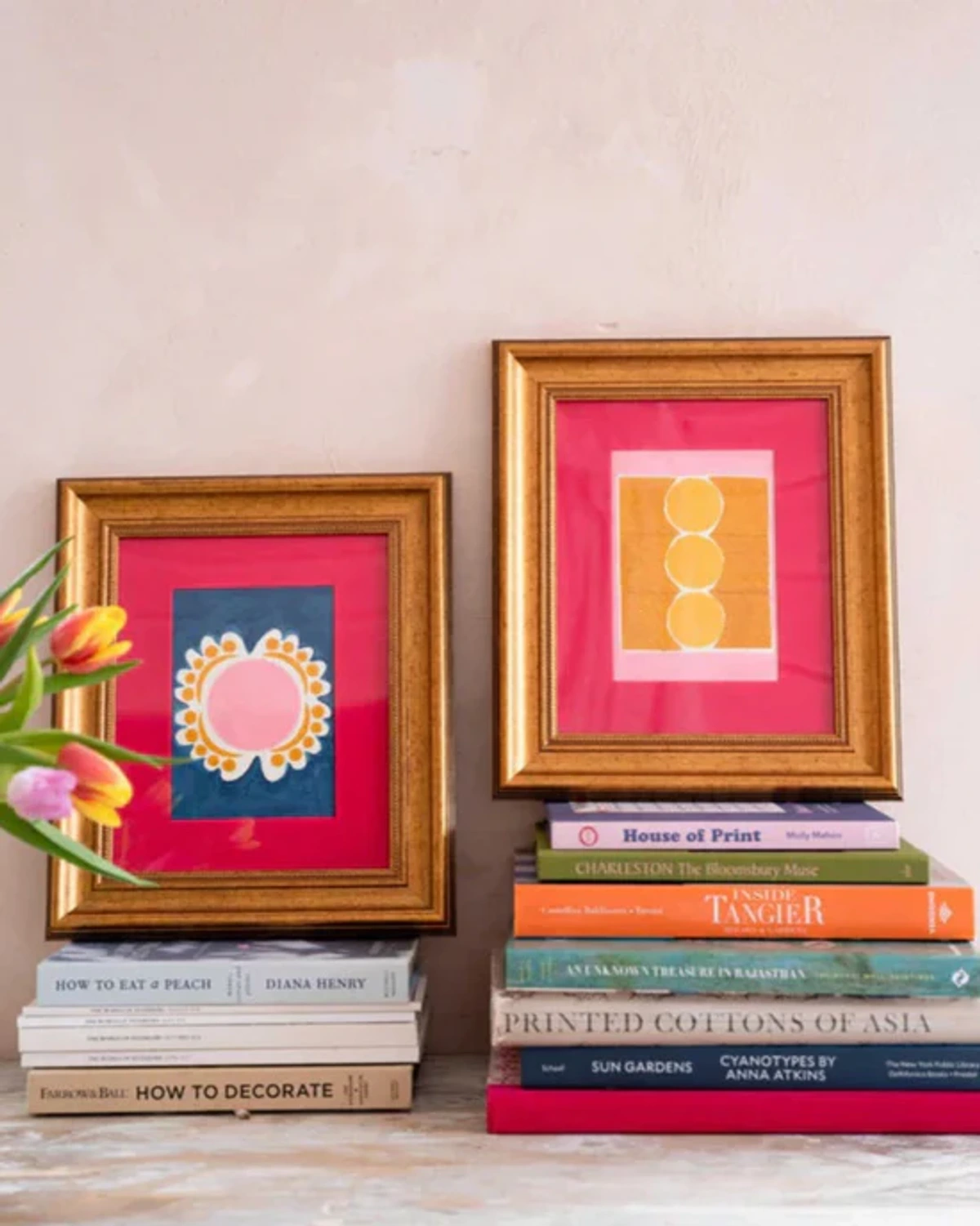
- Textiles: Textiles can be hung simply on a rod or displayed within a frame or shadow box to give them structure and presence. Draping can work, but requires careful consideration to avoid looking messy. A single, beautiful textile piece on a large wall can be a powerful statement.
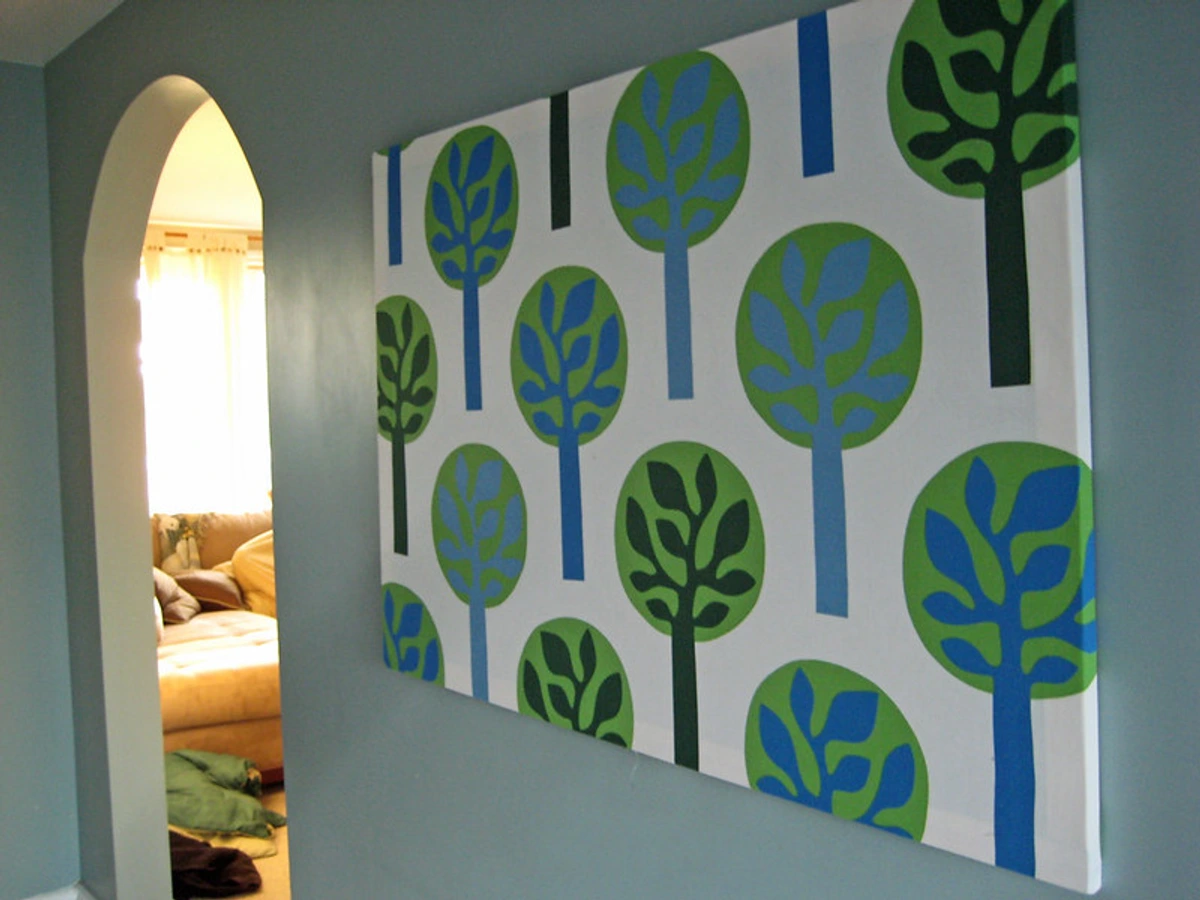
- Digital Art: Even digital art on a screen can be part of a minimalist display if the screen itself is integrated seamlessly (e.g., a smart frame that looks like a regular framed picture) and the displayed art aligns with the aesthetic. The key is the display itself is unobtrusive, letting the digital content be the focus.
Integrating natural elements like plants can also enhance a minimalist art display. A carefully chosen plant can complement the colors or forms of nearby artwork without adding clutter, bringing life and texture to the space. Think sculptural plants with clean lines or simple greenery in minimalist pots.
Learn more about Types of Artwork Explained to see how different forms can fit into your space.
For Buying Art Prints or understanding Prints vs Paintings, the same principles apply: thoughtful framing and placement are key to making them stand out.
Handling Sentimental Pieces & Budget-Friendly Tips
What about those pieces you love dearly but don't quite fit the minimalist vibe? Or how do you achieve this look without breaking the bank?
Sentimental Treasures
We all have them – the first piece you bought, a gift from a friend, a child's drawing. These pieces hold emotional weight, and putting them away permanently can feel wrong. Minimalism doesn't mean discarding your history. Consider creating a small, dedicated 'memory corner' or a single shelf where these pieces can live together, intentionally curated as a collection of personal history. This allows them to be seen and cherished without disrupting the calm of the wider space. Another option is to incorporate them into your art rotation, giving them specific periods where they are the 'stars' in a particular room.
Budget-Friendly Minimalism
You don't need expensive frames or custom pedestals to achieve a minimalist look. Simple, off-the-shelf frames in neutral colors can be very affordable and effective. Look for clean-lined options at home goods stores. Consider DIY framing for prints or textiles using simple wood strips or even clip frames for a very pared-back look. Repurposing existing furniture as display surfaces is also key – a clean-topped dresser or a simple console table can become a perfect spot for a sculpture or framed piece, provided the surface itself is uncluttered. Sometimes, the most minimalist approach is simply using what you already have, thoughtfully.
Common Minimalist Display Mistakes (and How to Avoid Them)
Even with the best intentions, it's easy to stumble when aiming for minimalism. Here are a few pitfalls I've encountered (or narrowly avoided!) and how to steer clear:
- Hanging Too High or Too Low: Art hung too high feels disconnected from the furniture and the human scale of the room. Too low, and it can feel awkward or easily obstructed. Aim for the center of the artwork to be roughly at eye level when standing (around 57-60 inches from the floor), adjusting slightly for rooms where people are mostly seated (like a dining room). I once hung a piece so high it felt like it was trying to escape the room – lesson learned!
- Poor Lighting: Even the most stunning piece can fall flat in bad lighting. Avoid harsh overhead lights that create glare or shadows. Invest in adjustable spotlights or picture lights that direct light onto the art itself. Natural light is great, but remember to protect your art from direct sun.
- Ignoring Scale: Trying to fill a large wall with one tiny piece, or cramming a massive canvas onto a small wall, disrupts the balance. Consider the size of the art relative to the wall and the surrounding furniture. A single large piece can be a powerful statement, while smaller pieces might work better in a more intimate setting or grouped thoughtfully (sparingly, of course!).
- Forcing the Style: Not every piece of art or every room needs to be minimalist. If you have a vibrant, maximalist piece that you adore, trying to force it into a stark minimalist setting might make it feel out of place. Minimalism works best when it complements the art and the space, not when it fights against them. It's okay to have different approaches in different rooms.
Making Minimalism Your Own: Living with Your Curated Space
A minimalist display isn't a one-time event; it's a way of living with your art. It requires a bit of ongoing care and attention. Dust regularly (seriously, dust is the enemy of calm and clean lines!). Consider rotating your art seasonally or when the mood strikes. This keeps your space feeling fresh and allows you to enjoy more of your collection over time, almost like having your own private museum with changing exhibitions. And remember to take good care of your pieces – my guide on Art Care 101 has essential tips.
Ultimately, minimalism in art display is about creating a space that feels right to you. It's not about following strict rules or living in a sterile environment. It's about being mindful of how your art makes you feel and how it contributes to the overall atmosphere of your home. Experiment, play, and find the balance that brings you joy and tranquility. Defining your Personal Art Style and Taste is the first step in knowing what pieces will truly make your space sing. How does your space feel right now, and how could a little more intentionality change that?
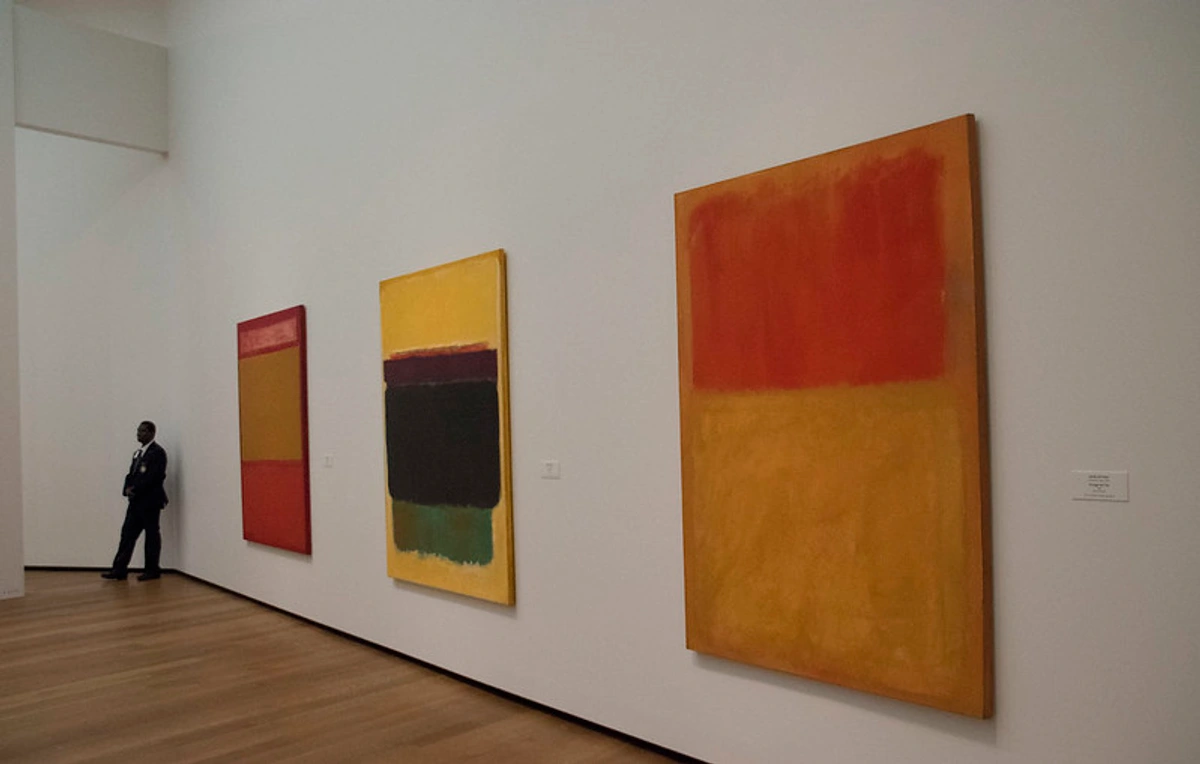
FAQ: Your Minimalist Display Questions Answered
Is a minimalist art display boring?
Absolutely not! When done well, it's the opposite of boring. By reducing visual clutter, you actually make the art you do display more impactful and engaging. Each piece gets the attention it deserves, allowing its story and presence to truly shine.
Can I still have a lot of art if I choose a minimalist display?
Yes! Minimalism is about displaying less at one time, not owning less. You can have a large collection and rotate pieces in and out. This keeps your space fresh and allows you to appreciate your collection over time, almost like having your own private museum with changing exhibitions.
How does minimalist display work in small spaces?
It's perfect for small spaces! Using white space and intentional placement can make a small room feel larger and less cluttered. A few well-chosen pieces can have a significant impact without overwhelming the area, creating a sense of calm and spaciousness.
What if my art is very colorful or busy?
Minimalist principles are actually ideal for vibrant or detailed art! By giving these pieces ample white space and intentional placement, you allow their energy and complexity to be fully appreciated without competing with other elements. The minimalist setting acts as a quiet backdrop, letting the colorful or busy art be the undeniable focal point.
How can I start small with minimalist display?
Don't feel pressured to overhaul your entire home at once. Start with just one wall, or even one small area like a bookshelf or a single corner. Apply the principles of decluttering, choosing a few key pieces, and giving them space. See how that feels, and expand from there when you're ready.
How do I store art I'm not currently displaying?
Store pieces carefully! Use acid-free materials like tissue paper and archival boxes or sleeves. Avoid storing in attics or basements with extreme temperature or humidity fluctuations. For framed pieces, wrap them securely in bubble wrap or moving blankets and store them upright in a safe place. Think of it as protecting future 'stars' of your display.
What if I have kids or pets?
Minimalism can actually be safer! Fewer items mean less to knock over. Hang art securely and out of reach if necessary. For sculptures or objects, place them on sturdy surfaces or in areas less accessible to little hands or wagging tails. Consider acrylic instead of glass frames for safety.
Can I mix minimalist display with other decor styles?
Absolutely! Minimalism is a philosophy, not a rigid prison. You can incorporate minimalist display principles into various decor styles. The key is balance. Even in a more eclectic room, intentional placement and white space around key pieces can create focal points and prevent the space from feeling overwhelmingly cluttered. It's about finding harmony.
Conclusion
Embracing a minimalist approach to displaying art has been a game-changer for me. It's helped me appreciate my collection on a deeper level and created a more peaceful, focused environment in my home. It's not about deprivation; it's about elevation – elevating the art and elevating your space. It's about finding tranquility amidst the visual noise of modern life and letting the pieces you truly love speak volumes. Give it a try, experiment with the principles, and see how it feels. You might just find that less really is more, especially when it comes to the art you love.




